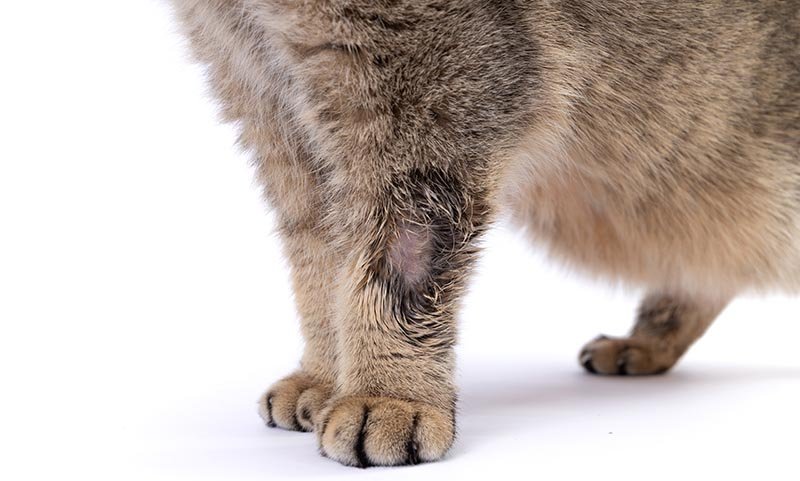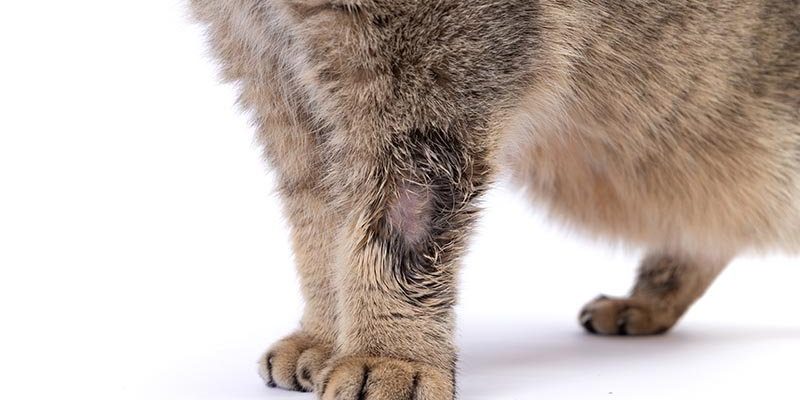
Wolf worms, or **Cuterebra**, are fly larvae that affect various animals, particularly rabbits, rodents, and yes—farm animals. These larvae can cause serious health issues if left unchecked. If you’re wondering how to spot them and what to do about them, don’t worry. We’re going to walk through everything you need to know, step by step.
What Are Wolf Worms?
To understand the signs of wolf worms, you first need to know what they are. **Wolf worms** are the larvae of a type of botfly. These flies lay their eggs on the fur of animals, and when the eggs hatch, the larvae burrow into the skin. Think of it as a tiny, unwelcome houseguest setting up shop inside your animal’s body. They can cause irritation, inflammation, and sometimes serious infections.
Once inside, these larvae create a small hole in the skin surface for breathing. It’s not just uncomfortable for the animal, but it can also lead to more severe health problems if not treated promptly. So, keeping an eye out for signs of wolf worms is essential for any responsible farm owner.
Early Signs of Wolf Worm Infestation
One of the first things you might notice about farm animals potentially affected by wolf worms is **behavioral changes**. Animals that are usually lively might start acting more reserved or withdrawn. They could appear irritated or restless, scratching or biting at the area where the larvae are burrowing in. This behavior is often coupled with slight swelling or an unusual lump in the skin.
Additionally, if you notice any signs of trauma or injury around the site, it could be a red flag. You might see redness or a discharge that doesn’t seem to improve over time. It’s a good idea to check areas where the skin is less protected, like the neck or near the ears, since these spots can be more vulnerable.
Physical Signs to Look For
Visual inspection is a critical part of identifying wolf worm presence. Start by regularly checking your animals for lumps or nodules on their skin. These usually look like bumps and are often accompanied by **hair loss** in the area. The larvae create openings for breathing, which results in these noticeable bumps that can be alarming.
You may also spot **discharge** coming from these lumps. If the area appears inflamed or if there’s pus, that’s a sign of infection. The skin might feel warm to the touch as the body fights off the unwanted guests. At this point, it’s essential to act quickly. Ignoring these signs could lead to more severe complications.
Behavioral Changes in Affected Animals
Behavior changes can be a significant indicator of wolf worm infestation. If you notice your animals suddenly becoming less social or more aggressive, it could be that they’re in pain due to the discomfort of the larvae. Animals that are typically bold and curious may shy away from interaction.
You might also see some animals spending more time isolated from the rest of the group. This could be their way of coping with the pain or irritation caused by the larvae. Pay attention to any changes in their eating or drinking habits as well. A sudden drop in appetite can be a strong indicator that something is wrong.
How Wolf Worms Affect Different Types of Farm Animals
Wolf worms don’t discriminate—they can affect various kinds of farm animals, including sheep, goats, and even cattle. Each animal may show different symptoms depending on their size, health, and how many larvae are present. For instance, with sheep, you might see them shaking their heads more often, trying to shake off the discomfort.
Goats may show signs of distress by bleating loudly or even showing reluctance to move. Whereas larger animals like cows can experience more severe symptoms, such as weight loss, if the infestation goes untreated. Recognizing how these symptoms differ across species can help you identify wolf worm problems early.
Prevention Methods for Wolf Worms
Prevention is the best approach when it comes to wolf worms. Keeping your farm animals clean and well-groomed can reduce the chances of infestation. Regularly inspect your animals, especially after they’ve been in grassy or bushy areas where botflies are likely to lay eggs.
Using insect repellents approved for livestock can also be helpful. Moreover, maintaining a clean environment can reduce the risk of flies laying eggs near your animals. Consider keeping bedding dry and clean, as this discourages flies from settling nearby.
What to Do If You Suspect Wolf Worms
If you’ve noticed any signs of wolf worm presence, it’s crucial to take action quickly. Start by isolating the affected animal to prevent the spread of potential infection. Consult with a veterinarian for the best course of treatment. They may recommend removing the larvae manually, which should only be done by a professional.
In some cases, antibiotics or anti-parasitic medications might be necessary to help your animal recover. Honestly, the sooner you act, the better the outcome for your livestock. Keeping a close watch on their health can save you both time and worry in the long run.
Recognizing the signs of wolf worm presence in farm animals is essential for any livestock owner. It’s about being proactive—keeping an eye on the health and behavior of your animals will help you catch issues early. Remember, the first signs may be subtle, but they’re critical alerts that should not be ignored.
By understanding what to look for and how to act, you can keep your animals happy and healthy. Don’t hesitate to reach out for professional advice if needed. After all, a little vigilance goes a long way when it comes to caring for your farm. You’ve got this!

